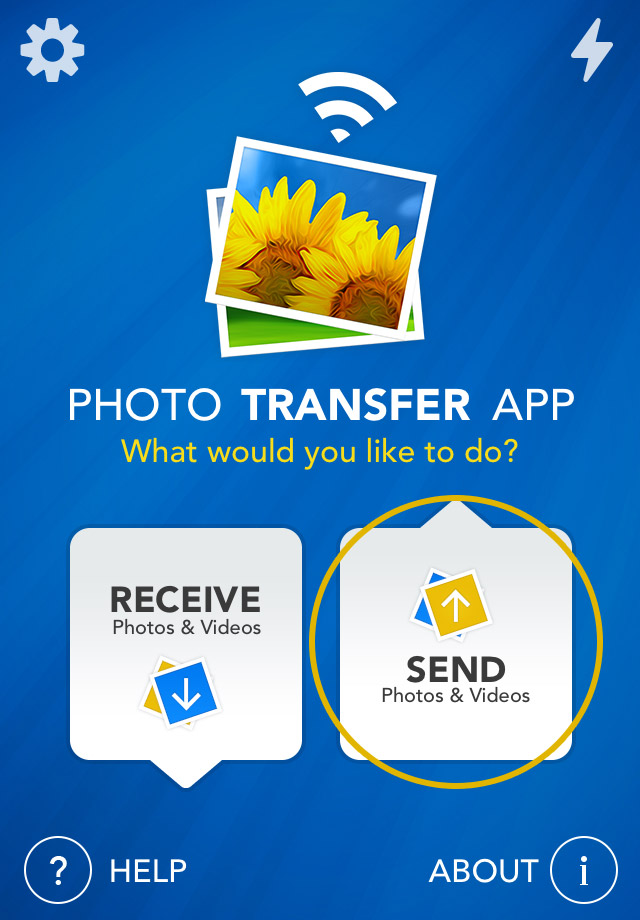
Note, these commands are similar, the difference being 1 to enable and 0 to disable. If for any reason you wish to remove the AirDrop functionality, open a terminal window and enter the following command:ĭefaults write BrowseAllInterfaces 0 Simply open a terminal window and enter the following command:ĭefaults write BrowseAllInterfaces 1 If you have a Mac that does not officially support AirDrop, or you wish to transfer files via an ethernet network, it is possible to enable AirDrop to do this. The good news is that you can also enable AirDrop on a Hackintosh that is running Lion or Mountain Lion! Note, in order for AirDrop to work, all Macs should be running OS X 10.7 Lion or 10.8 Mountain Lion. The USB 2.0 transfer cable lets you transfer files between two computers including Windows to Windows, Windows to Mac, Mac to Windows, and even Mac to Mac.The data transfer cable supports Mac OS 10.7.5 to 10. For instance, I have successfully enabled AirDrop on my 2009 Mac Mini. This data transfer cable is easy to use and works with both Mac and Windows®. If you have a Mac that is not listed above, don’t worry too much as it may just be possible to enable AirDrop on your officially unsupported Mac. Mac Pro (Early 2009 with AirPort Extreme card, or Mid 2010).It may just be possible to enable it on your Lion or Mountain Lion Mac.Īccording to Apple, if your Mac is the same as, or newer than, the models listed below, then it already supports AirDrop.

The Ethernet component represents the communication network and the cabled connections of the computers to the network.ĭouble-click the Ethernet block to see its parameters.How to check if your Mac has AirDrop enabled. If there is no error, the messages are successfully received and the block outputs the received data and its size. Similarly, the block can receive messages from other computers. If all of the retransmission attempts are unsuccessful, then the block terminates the message and allows the entry of a new message. The block retransmits a message a maximum of 16 times.

If there is a collision, the block resends the message after delaying it for a random back off time. If the transmission is successful, the block sets TxNext.data to 1 to allow a new message into the channel and resets to the Standby state. If the block is transmitting, after a delay, the block attempts to transmit the message and Isle.data is set to 0 to declare that the channel is in use. The block is initially in the Standby state and the channel is idle.


 0 kommentar(er)
0 kommentar(er)
